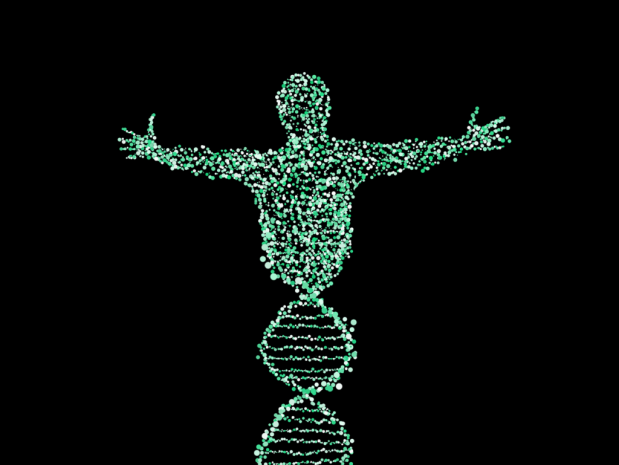
Breaking News
 Bitcoin Circular Economies and a Bridge Between Las Vegas and Peru
Bitcoin Circular Economies and a Bridge Between Las Vegas and Peru
 'Right of Return' for Israeli Child Predators Fleeing U.S.
'Right of Return' for Israeli Child Predators Fleeing U.S.
Top Tech News
 Magnetic Fields Reshape the Movement of Sound Waves in a Stunning Discovery
Magnetic Fields Reshape the Movement of Sound Waves in a Stunning Discovery
 There are studies that have shown that there is a peptide that can completely regenerate nerves
There are studies that have shown that there is a peptide that can completely regenerate nerves
 Swedish startup unveils Starlink alternative - that Musk can't switch off
Swedish startup unveils Starlink alternative - that Musk can't switch off
 Video Games At 30,000 Feet? Starlink's Airline Rollout Is Making It Reality
Video Games At 30,000 Feet? Starlink's Airline Rollout Is Making It Reality
 Automating Pregnancy through Robot Surrogates
Automating Pregnancy through Robot Surrogates
 SpaceX launches Space Force's X-37B space plane on 8th mystery mission (video)
SpaceX launches Space Force's X-37B space plane on 8th mystery mission (video)
 This New Bionic Knee Is Changing the Game for Lower Leg Amputees
This New Bionic Knee Is Changing the Game for Lower Leg Amputees
 Grok 4 Vending Machine Win, Stealth Grok 4 coding Leading to Possible AGI with Grok 5
Grok 4 Vending Machine Win, Stealth Grok 4 coding Leading to Possible AGI with Grok 5
Human X chromosome completely sequenced for the first time

But now geneticists have plugged a major one in a landmark new study, by sequencing the entire human X chromosome from end to end, covering more than three million base pairs that were previously unmapped.
The Human Genome Project was one of the most ambitious scientific undertakings of all time. Between 1990 and 2003, an international team of scientists worked to sequence the human genome in high detail, with the end result being an almost complete blueprint for the human species.
But the emphasis there is on "almost." The first version covered a little over 92 percent of the human genome, with more than 99.99 percent accuracy. Later revisions closed some of the gaps, but others still remain.
The biggest gaps were located at the center and ends of chromosomes, which are known as centromeres and telomeres respectively. These regions are categorized by huge sections of repeating sequences, which can be hard to sort out.
Now an international team of geneticists has patched these gaps up. The researchers managed to sequence the entire X chromosome for the first time, from telomere to telomere.
In humans, the X chromosome is one of the sex-determining chromosomes passed down from parent to child. Generally, a zygote that receives two X chromosomes – one from each parent – will be usually biologically female, while an X and a Y chromosome results in a male.

 How Great Powers Fall Apart
How Great Powers Fall Apart
 Zionism Is What It Does
Zionism Is What It Does HERE COMES THE MOTHERSHIP
HERE COMES THE MOTHERSHIP Venus Aerospace Hypersonic Engine Breakthroughs
Venus Aerospace Hypersonic Engine Breakthroughs

